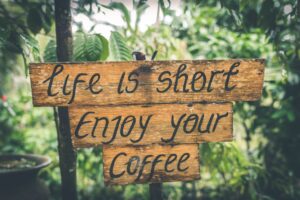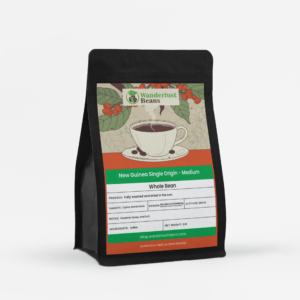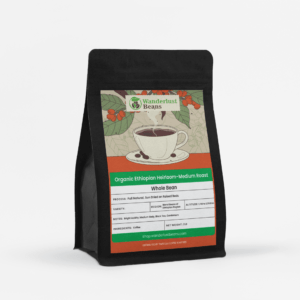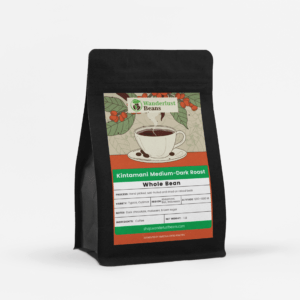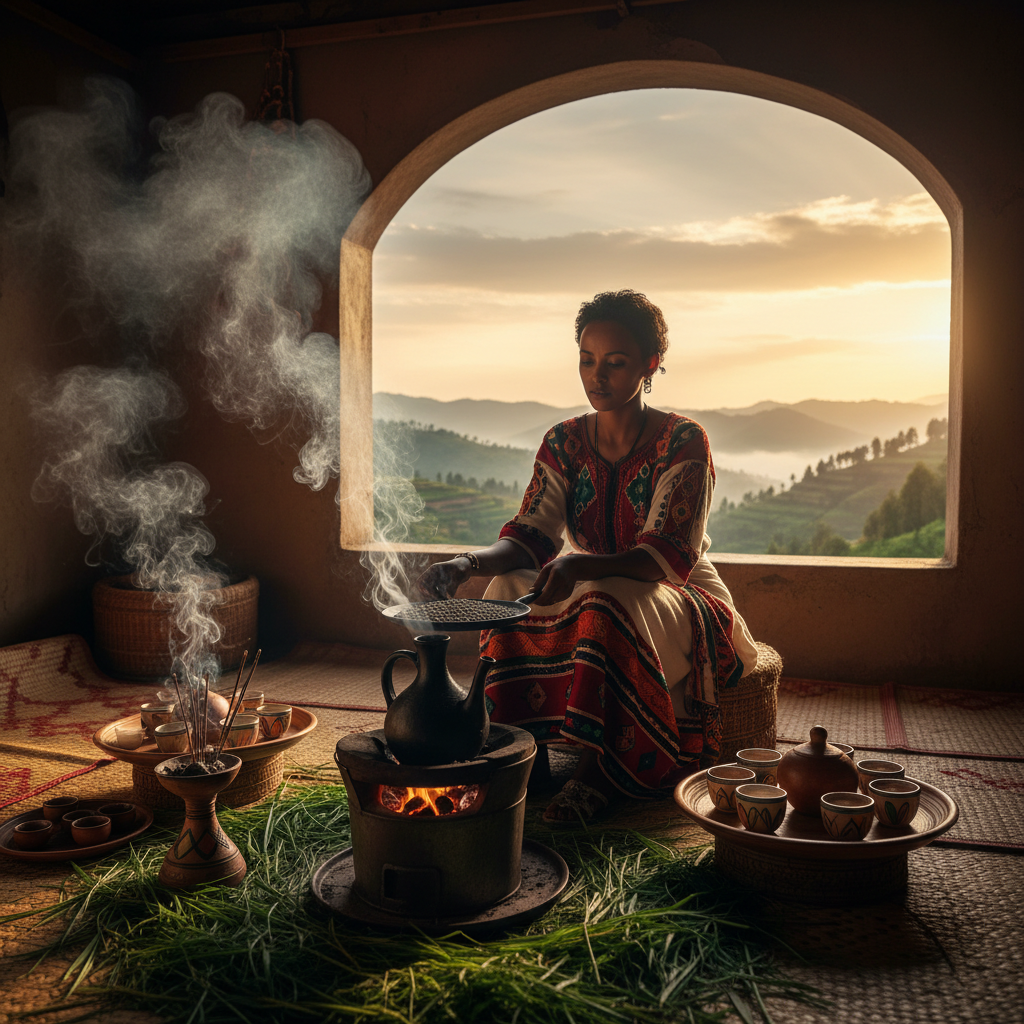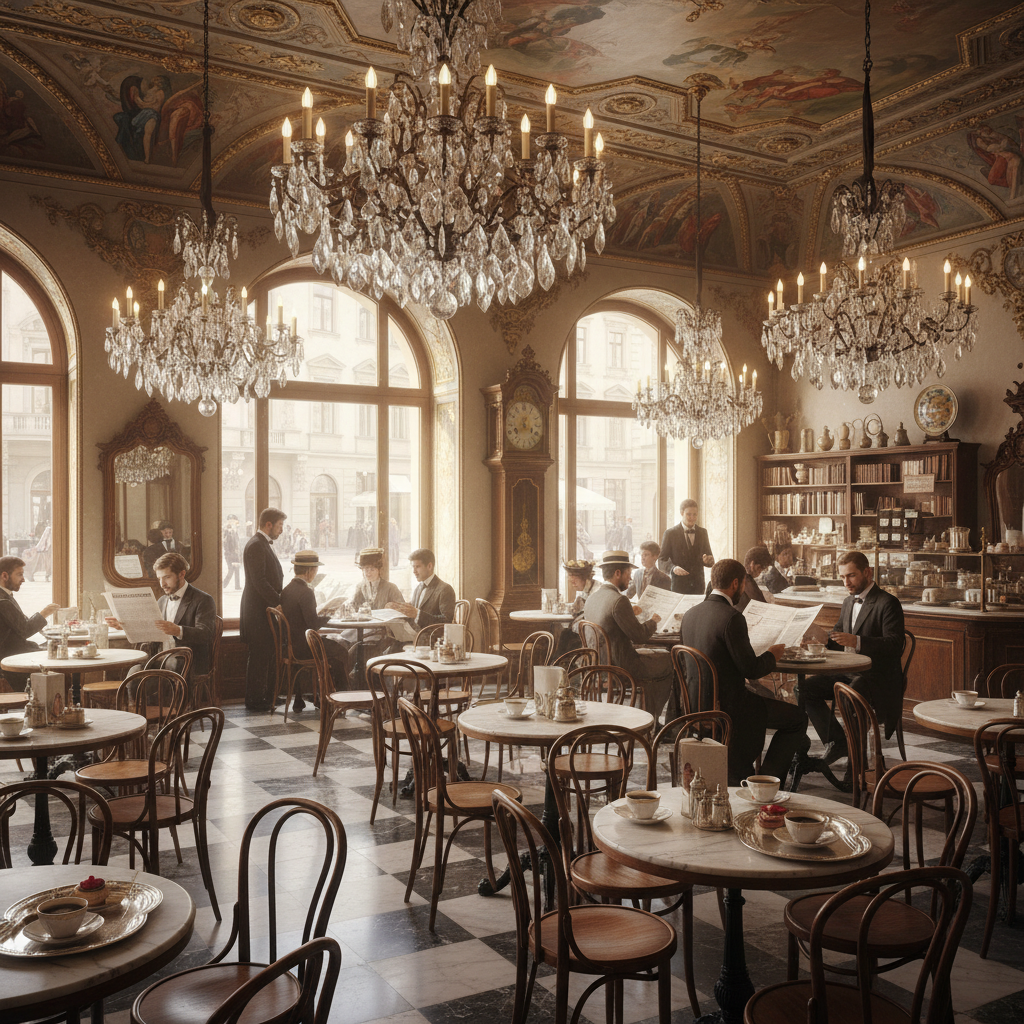Top 5 Specialty Coffee Brewing Methods with Wanderlust Coffee’s Sustainable Approach
Hello, coffee aficionados and eco-conscious consumers. If you’re keen on enhancing your morning coffee ritual, you’ve come to the right guide. Today, we’re focusing on how to brew specialty-grade, ethically sourced coffee. This isn’t just a treat for your taste buds; it’s also a step toward a more sustainable lifestyle.
🌳 Sustainable Coffee Choices: With Wanderlust Coffee, every purchase contributes to planting a tree. This simple act transforms your daily coffee routine into a positive impact on the environment. Why choosing sustainable coffee matters.
Whether you’re a seasoned pour-over expert or a newcomer to specialty coffee, this guide aims to provide valuable insights. We’ll explore five popular coffee brewing methods that promise to improve the quality of your daily cup. Ready to become a more informed coffee drinker? Let’s begin.
My Journey with Specialty Coffee: Best Brewing Methods
From the misty mountains of Colombia to the rugged terrains of Ethiopia, my love for specialty coffee has taken me on a delightful journey. But the real adventure? It’s in brewing. Finding the perfect harmony between bean, grind, water, and method is an art I’ve come to cherish. Today, I’ll share with you my top 5 brewing methods, infused with the nuances I’ve discovered over countless cups.
1. The French Press: Embracing the Bold
The French Press, or as the French call it, “La Presse,” has a special place in my heart. The method is simple, yet the flavors it extracts are profound.
- Grind: Start with coarsely ground beans, resembling breadcrumbs. Too fine, and you’ll over-extract, leading to bitterness.
- Water Temperature: Aim for water just off the boil, around 200°F (93°C). Too hot, and you risk scorching the beans.
- Brew Time: Four minutes. Yes, I’ve experimented—from 3 to 5 minutes—but four strikes the perfect balance between strength and flavor.
- The Plunge: Press down slowly. This separates the grounds from the brew, ensuring clarity and preventing over-extraction.
- The result? A rich, full-bodied cup, where every note of the bean comes to play.
2. Pour-Over: A Dance of Water and Bean
The pour-over is more than just a brewing method; it’s a ritual. The gentle pour, the bloom, the aroma—it’s a sensory experience.
- Grind: A medium-coarse grind works best, akin to sea salt. It ensures even extraction and a clear brew.
- Water Temperature: Again, aim for around 200°F (93°C). A gooseneck kettle offers better control during the pour.
- Brew Time: It varies, but typically, I spend about 2-3 minutes pouring, with a total brew time of 4 minutes.
- The Bloom: After wetting the grounds, wait for 30 seconds. This allows the coffee to “bloom” as it releases carbon dioxide, ensuring better flavor extraction.
The pour-over’s charm lies in its clarity. Each sip is a reflection of the bean’s true character.
3. Espresso: The Heartbeat of Italy
Ah, espresso! It’s not just a brew; it’s an emotion. This Italian masterpiece is all about pressure and precision.
- Grind: Fine, almost powdery. But be cautious; too fine can clog the machine, while too coarse can lead to under-extraction.
- Water Temperature: Most machines are set to around 200°F (93°C). Consistency is key.
- Brew Time: An espresso shot typically takes 25-30 seconds. It’s a quick, intense extraction.
- Pressure: A standard espresso requires about 9 bars of pressure. This high pressure forces water through the grounds, extracting flavors rapidly.
Espresso is bold, intense, and concentrated. It’s the very essence of coffee, captured in a small cup.
4. Aeropress: A Modern Marvel
The Aeropress is a relatively new entrant in the coffee world, but oh, what an entrance it’s made! It’s my trusted companion on travels, ensuring I never have to compromise on a good cup.
- Grind: A medium-fine grind is my preference, sitting between table salt and powdered sugar. It strikes the right balance for extraction.
- Water Temperature: I opt for slightly cooler water, around 185°F (85°C). It extracts the delicate flavors without overpowering bitterness.
- Brew Time: The Aeropress is quick! I steep for about 1-2 minutes, depending on the bean’s roast level.
- Pressure: The manual plunge allows you to control the pressure. A steady, firm push extracts the brew without over-extraction.
The Aeropress offers versatility. Whether you want something resembling an espresso or a cleaner brew, it’s got you covered.
5. Cold Brew: The Patient Brewer’s Delight
Cold brew is a testament to the adage, “Good things come to those who wait.” It’s a gentle method, trading heat for time.
- Grind: Coarse, much like breadcrumbs. A finer grind can lead to over-extraction over the extended brew time.
- Water Temperature: Cold or room temperature water is ideal. Remember, we’re not “brewing” in the traditional sense.
- Brew Time: It’s a long wait, typically 12-24 hours. The extended time allows for a slow extraction, teasing out the coffee’s sweet notes.
- Filtering: Post-brewing, it’s essential to filter out the grounds thoroughly. This ensures a clean, sediment-free cup.
Cold brew is smooth, mellow, and incredibly refreshing, especially on a warm day. Its low acidity means it’s also gentler on the stomach.
The Symphony of Brewing Specialty Coffee
Brewing specialty coffee is akin to conducting a symphony. Each method, each step, is a note in the melody, coming together to create a harmonious cup. Through trials, errors, and countless mornings, I’ve learned that while techniques matter, it’s the passion and love for coffee that truly makes the difference. As you embark on your brewing journey, remember to enjoy the process, celebrate the successes, and learn from the missteps. After all, every cup tells a story. Here’s to many more tales of aromatic bliss! While you’re here. Check out our selection of specialty grade and single origin coffee for sale and we’ll plant you your tree.

